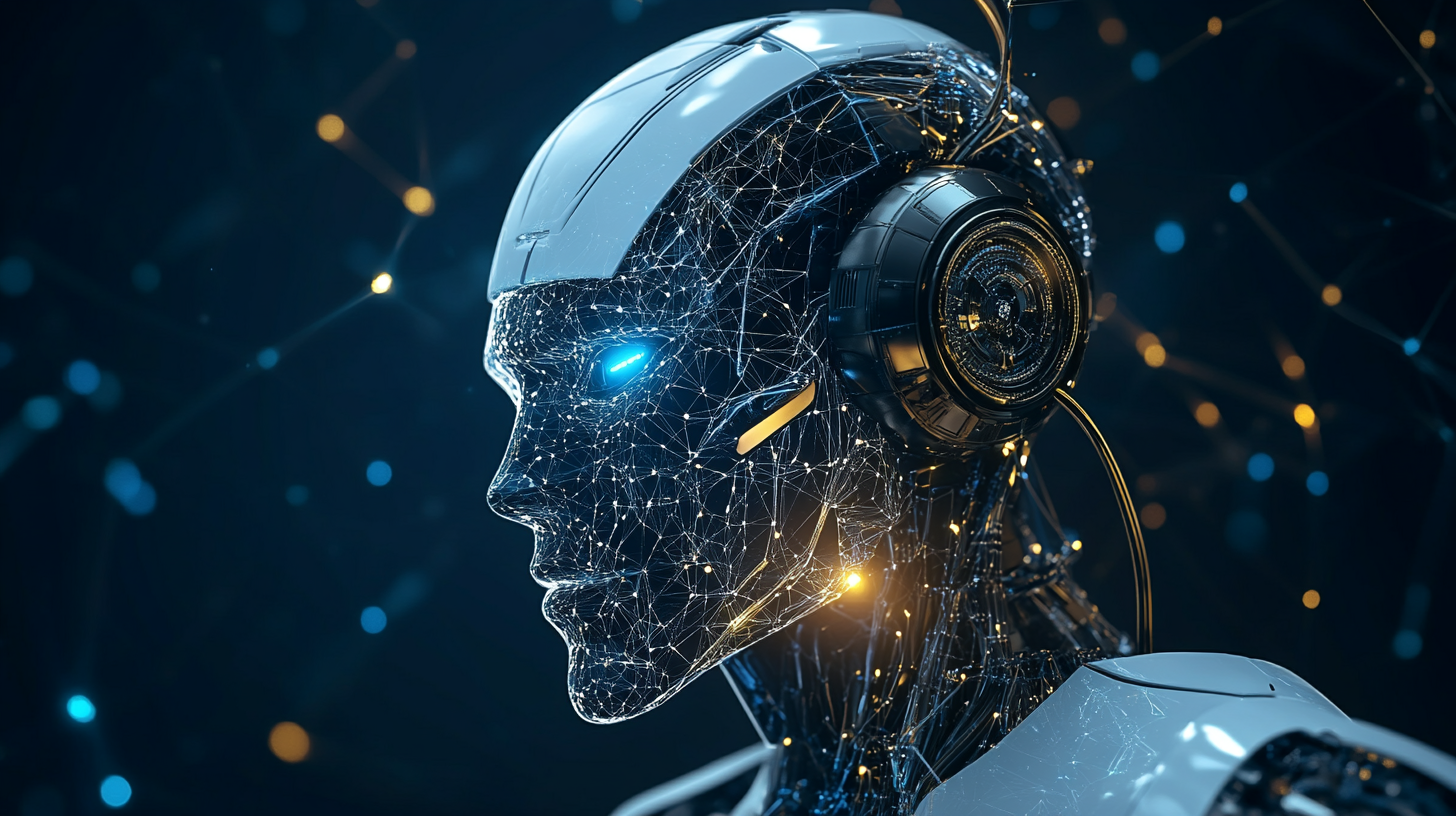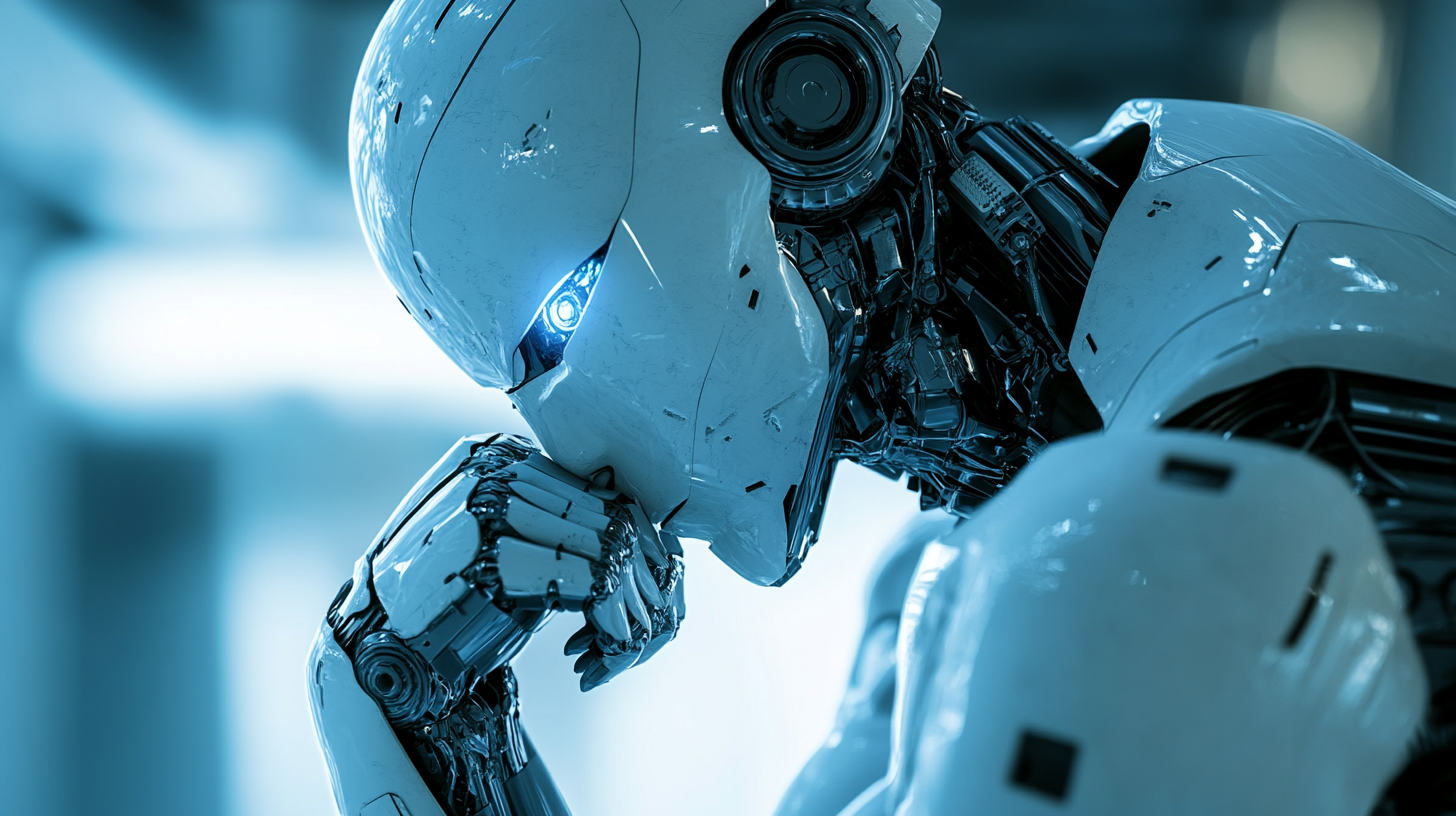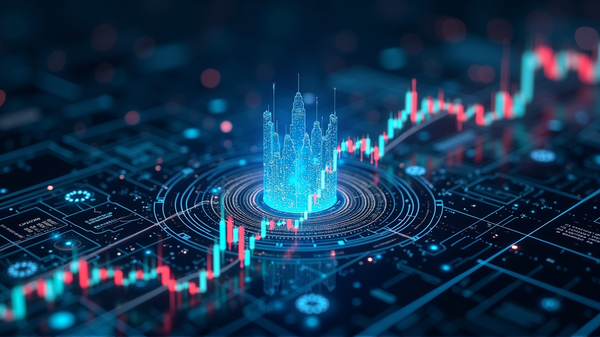Beyond Transformers: Could New AI Architectures Spark a Revolution?
The Dawn of a New Era in AI
The world of artificial intelligence (AI) is on the brink of a significant transformation. While Transformers have dominated the landscape of large language models (LLMs), new architectures are emerging that promise to revolutionize how AI understands and processes language.
Transformers: The Current Giants
Since their inception, Transformers have been at the forefront of AI breakthroughs. Their ability to manage complex language tasks, from translation to content generation, has made them indispensable in the AI toolkit. As stated in decrypt, Transformers have set the standard for what AI language models can achieve.

Enter the Next Generation
However, the AI community is not resting on its laurels. Researchers are actively exploring new architectures that could surpass the capabilities of current models. These emerging frameworks aim to enhance efficiency, accuracy, and versatility in handling linguistic data. Could these innovations dethrone Transformers from their leading position?
Innovations Beyond the Horizon
Among the most promising developments are architectures that incorporate advanced neural networks and novel processing techniques. These innovations could result in models that not only understand language better but also learn faster and require less computational power. According to decrypt, these advancements are reshaping our understanding of what AI can accomplish.
A Future Reimagined
Imagine a world where AI can interact more naturally with humans, understand context with deeper insight, and operate seamlessly across various applications. This vision includes models that are smarter, more adaptive, and capable of continuous learning without needing vast amounts of data.

Challenges and Considerations
Despite the excitement, transitioning to new architectures is not without challenges. Compatibility with existing systems, ethical considerations, and the need for robust testing are critical factors that must be addressed. Ensuring these new architectures can be integrated safely and effectively into current frameworks is key to their success.
Conclusion
The exploration of new AI architectures beyond Transformers points toward an exciting future filled with potential and innovation. As these developments unfold, they promise to push the boundaries of AI, offering new tools and capabilities that could transform various industries and everyday life.
In summary, the AI landscape is ripe for change, with new architectures on the horizon that may redefine the future of language processing. These innovations are poised to enhance AI’s role in society, making it more integral and influential than ever before.




